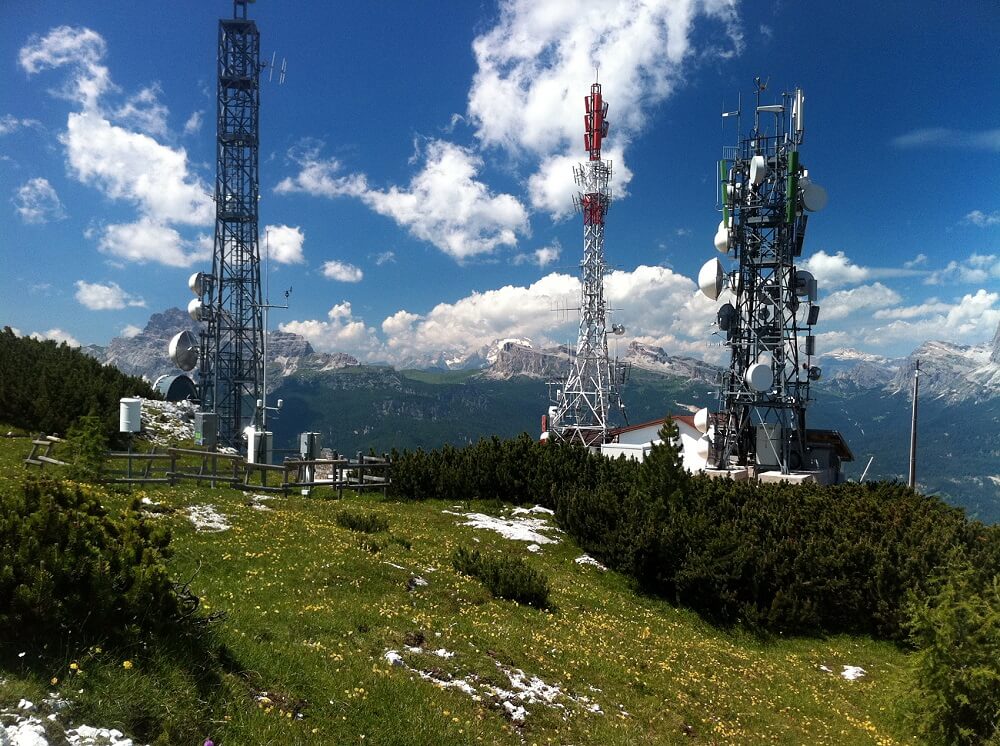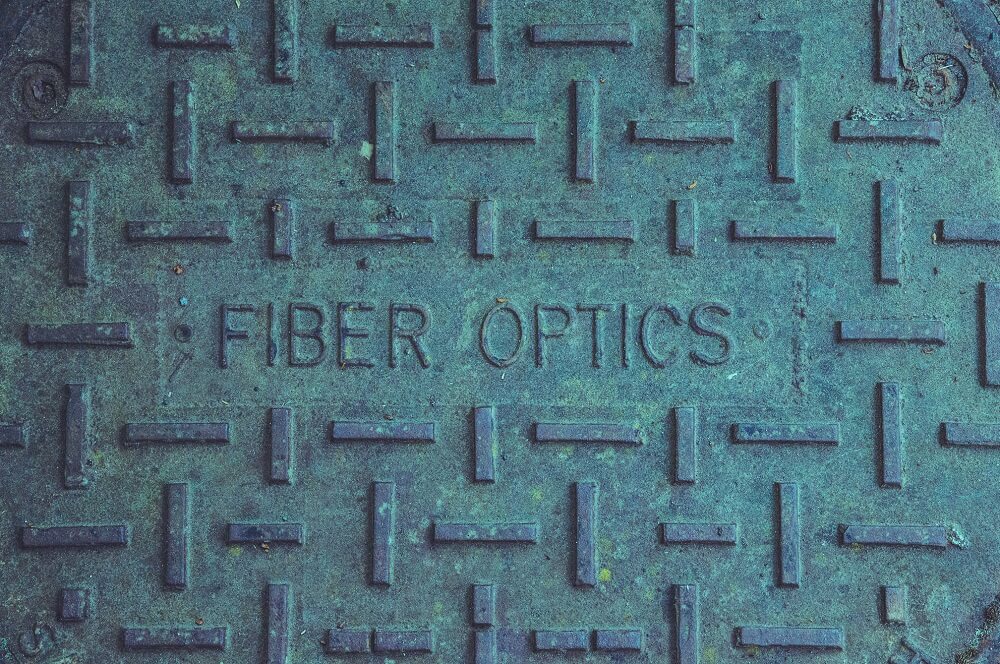Network Digest: 17 expert materials on Wi-Fi and 5G
Today we prepared a digest of materials from VAS Experts. Under the cat you will find articles about SpaceX satellite Internet, networks of the new generation, as well as Wi-Fi 6 and IPv6 standards.

/ Flickr / doc Searls / CC BY

/ Flickr / W & J / CC BY-SA

/ Flickr / tony webster / cc by
PS Our other digests:

/ Flickr / doc Searls / CC BY
New generation networks
How 5G networks will change DDoS attacks
- With the advent of 5G, the number of DDoS attacks is expected to increase significantly. At the same time, according to Kaspersky Lab estimates , one DDoS attack on a communications service provider costs $ 120,000 for small and medium-sized businesses. The article talks about two solutions that will protect the network of providers from botnet attacks.
Launched the world's first commercial network 5G
- It was launched by the Finnish operator Elisa. According to the test results, the download speed in the new network was 1 Gbit / s. However, the global distribution of new-generation networks is not worth waiting for until 2020. The article describes how telecommunications companies and mobile device manufacturers are preparing for the 5G era and what technologies they are developing: from phased antenna arrays in smartphones to beam forming systems with machine learning in data networks.
Virtualization of mobile network functions - why is it important for 5G
- This is a material about virtualization technologies that “come” to the networks of cellular operators: function virtualization, electronic SIM-cards and MNaaS services. We are talking about their merits and potential problems from the point of view of information security.
5G can replace cables - but not everywhere
- There is an opinion that 5G-networks will oust cable Internet providers from the market. We understand in which areas the new generation networks will indeed be able to replace cables, and where the “wired” connection will remain for a long time.
Programmable valve arrays: how will they help 5G networks
- This article is a review of the Versal FPGA chip architecture from Xilinx. The chip should improve the signal in 5G networks by optimizing the radiation pattern of mobile communication antennas. We tell how it is arranged and on what technologies it is built.
About information security and botnets
Botnet detected that spam through routers
- In the autumn of 2018, security specialists discovered a malware that infected about 400 thousand devices. The targets of the attacks were routers with the BroadCom UPnP feature enabled. We describe how a botnet works and which devices are prone to attacks.

/ Flickr / W & J / CC BY-SA
What is the difference between firewall and DPI systems?
- We explain how filtering systems work - DPI, ACL, firewalls for FreeBSD - and how they differ. Also we will talk about how these systems are used by providers.
In addition to IoT: Mirai botnet started attacking machines on Linux
- The Mirai attack on IoT devices became one of the largest in 2016. Recently, a new version of the virus has appeared, which is aimed not at the Internet of things, but at Linux servers with Apache Hadoop. We tell what vulnerability uses a botnet and how to close it.
Internet and network standards
Implementing IPv6: FAQ for Internet Providers
- When implementing IPv6, providers face a number of problems: from the need to upgrade obsolete hardware to bring all systems into compliance with the requirements of the law. Here we provide a list of questions and answers with ready-made solutions.
Replacing TCP: QUIC is ready for deployment [but not ready to become RFC]
- For two years now, the Internet Engineering Council has been working on a standard for QUIC technology, which should speed up data transfer in wireless networks. The article will talk about how the protocol works and about the services that already support the new technology. Here are some disadvantages that QUIC is not yet ready to become RFC: vulnerability to DDoS, incompatibility with other network technologies and difficult troubleshooting.
How Starlink will launch - satellite Internet from Ilona Mask
- The article tells how Starlink satellites will communicate with each other and ground stations, how much they will launch into space and how the network will connect cities in different parts of the Earth. Also talk about what you can expect from this project.
Quantum networks: prospects and difficulties of implementation
- Quantum networks are considered to be almost absolute cryptographic protection, so they are used to create distribution systems of crypto keys. But such solutions have not yet been implemented everywhere. We understand the material that hinders the spread of quantum networks and the difficulties that their developers face.
Quantum networks: what they develop in Russia and abroad
- A continuation of the previous article devoted to the first experimental quantum networks: projects of researchers from Europe, China and the United States, as well as Russian quantum communication lines in St. Petersburg, Kazan and Moscow.

/ Flickr / tony webster / cc by
Wi-Fi and wireless networks
Wi-Fi 6 announced: what you need to know about the new standard
- Standard Wi-Fi 6 will be released at the end of 2019. We talk about the new features that the developers provided with it: support for 2.4 and 5 GHz and OFDMA bands, as well as Target Wake Time, which determines the idle time of the router to save energy.
How to deliver the Internet to developing countries
- Wi-Fi-networks, balloons and satellites - all these technologies are used by large companies to connect people from Africa and Asia to the Internet. The material describes a wireless project from Facebook, which uses a mesh topology to deploy Wi-Fi access points in Tanzania, Kenya, Indonesia and other countries.
Free Wi-Fi: German court overruled fines for coffee shops for copyright-infringement of customers
- Since 2010, Germany had a law on the responsibility of the owner of a public Wi-Fi access point for pirated content that network users download. This year the document was amended, which abolished fines. We are talking about the potential difficulties that may arise from hot spot owners in the new realities.
"Expanded boundaries": 6 GHz band will give to the needs of Wi-Fi
- The Federal Communications Commission proposed to expand the range of frequencies for Wi-Fi and use 6 GHz. An article on what the FCC did not suit 5 GHz and 2.4 GHz and how they will prevent satellite communications using 6 GHz spectrum from malfunctioning.
PS Our other digests:
